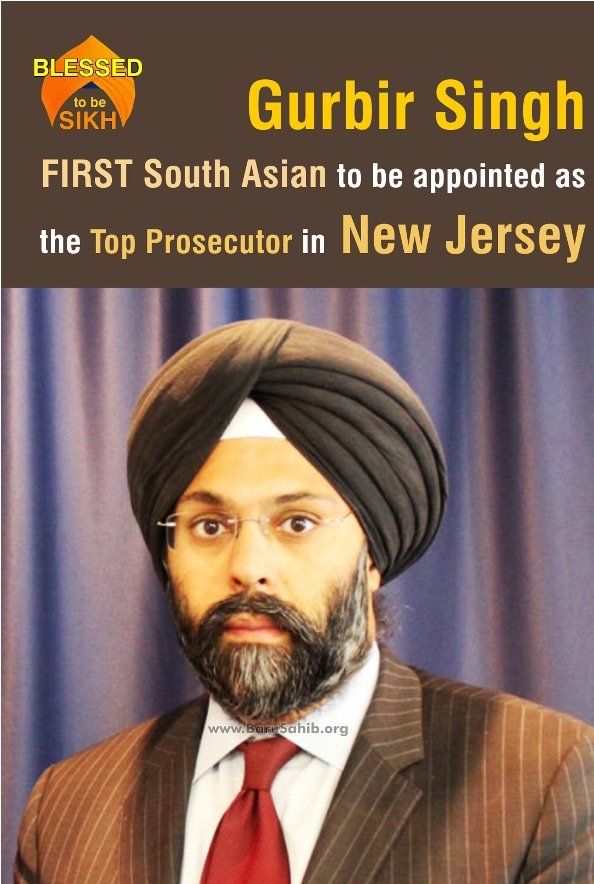A recent Supreme Court petition calling for a ban on Sardar jokes forces us to look at whether the jokes are genuinely all in good jest.
The recent petition in the Supreme Court that demands a ban on Sardar jokes might sound unreasonable, but it compels us to question whether these jokes are really just spontaneous, harmless fun. Like our fairy-tales, novels and films, jokes are complex narratives. They, too, have deep structures that reflect the geometry of our cultural politics.
Just as Sardars come in a wide variety, so do the jokes about them. There is a genre of Sardar jokes that you never got to hear from Khushwant Singh — and nor will the Supreme Court petition tell you about it. These are the jokes that Jatt Sikhs pass about Bhaapa Sikhs in Punjab. In these mockheroic parodies mimicking the Pakistani dialects of Punjabi that migrant Bhaapas speak, they are taunted for getting drunk on just a pauua (quarter bottle) of liquor and riding their Luna mopeds at the hell-for-leather speed of 10-20 kmph.
A Bhaapa is a Khatri or Arora Sikh, typically a migrant from Pakistan, an urban businessman and a canny trader. While a Jatt is portrayed in popular culture as a sturdy farmer fond of food and drink, brave, generous, crude, naive and reckless, a Bhaapa is stereotyped as a sissy, miserly trader. In Punjab, the Jatts dominate and Bhaapas are too few to count, but Bhaapas outnumber other Sikhs in cities outside Punjab. So the Bhaapas are stereotyped as conservative, sissy and kanjoos in Punjab but as loud, lavish and foolish elsewhere in the country.
This ceases to remain a puzzle once you agree that jokes, especially ethnic and racial ones, are less about the people who figure in them and more about those who tell them. Poles, for instance, are portrayed as stupid in European and American jokes even though Poland was a major centre of mathematical logic. Polish jokes can actually tell you a lot about the European geopolitics of the first half of the 20th century. So what do Sardar jokes tell us?
Most Sardar jokes smear the community with negative qualities (like the oversexed Sardar, scatological Sardar, foolish Sardar and so on). By branding Sardars as ‘irregular’, these jokes make an ‘other’ out of a community that is not afraid to mingle with different communities. Famously outgoing, Sardars readily embrace diversity. Their openness is not wholly welcome in conservative social orders where communities have well-defined divisions. The smear jokes that permanently mark them out as ‘others’ are a means to emphasise boundaries and ward off outsiders who are richer and physically stronger.
After Partition, Punjabi migrants flooded North Indian cities. Being a frontier community, they pushed at the limits when Hindu busineessmen were conservative and accumulative. Sikhs, and also Punjabi Hindu migrants, rose from rags to riches in decades. The stereotype of the goofy Sardar is the ‘other’ constructed by those who were dazzled by the inventive and adventurous enterprise of migrants. If you go out to find the bumbling duo of the Santa-Banta jokes, they will most likely turn out to be brainy businessmen who outsmarted a whole market to build a big business from scratch. In many jokes, the Sardar is in a new locale or an unusual situation or pitted with a technology he fails to figure out. But that does not deter him. He always acts. He fiddles with things. He is curious. He tests boundaries. He never stops short of a new experience. These jokes arise out of an incredulity at the inventive streak a Sardar shows in his enterprise. The jokes reveal the teller’s unwillingness to accept that the Sardar can succeed in his inventive ways.
In the movie Lage Raho Munna Bhai, the Sardar who constructed more floors than he had got permission for, explains, “Banate banate ban gayee (they just kept piling on).” In reality too, Sardars know no limits (although not in the villainous way of Munna Bhai’s Sardar). Having to leave their businesses back in Pakistan, they had nothing to lose by experimenting and improvising. The 12 O’clock Sardar jokes mirror a fear of the aggressive business community who had no interest in preserving the social or economic order symbolised by time. Though there is no clarity on the origin of these jokes, what we definitely know is the unchanging theme — the Sardar will do something foolish or disruptive at a given time.
The time symbolises the quotidian rhythm, the stable order or the status quo which comes under threat of the Sardar. As a pioneer community in a slow, unchanging India, especially in the cities of the Hindi heartland, Sardars were the disruptors who would break out of the snoozy status quo.
The idea that Sardars like the jokes made at their expense caught on with the ascendancy of Giani Zail Singh and Khushwant Singh — both of whom would have found good reason for self-deprecation in their ties with Indira and Sanjay Gandhi. Manmohan Singh changed the story. He too was seen as a rubber stamp of Sonia Gandhi but his academic and professional excellence gave him an aura of autonomy. And he did to India what a Sardar really would: he opened up the economy and encouraged Indian businesses to experiment. Being a Sardar was suddenly no longer a joke.
(Dharminder Kumar is a Delhi-based writer and journalist)
~ Source- Mumbai Mirror










